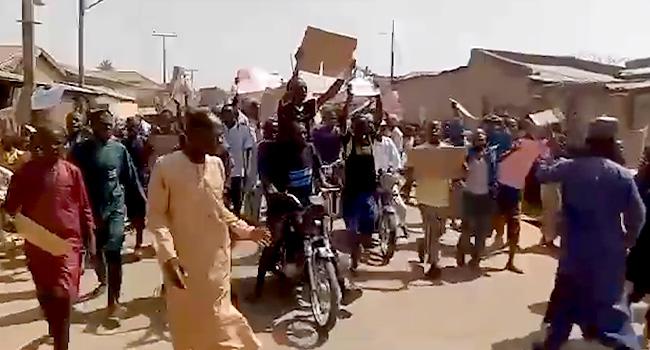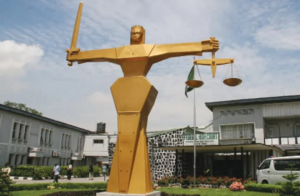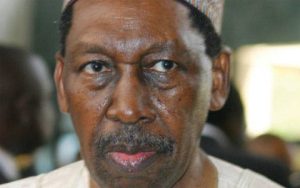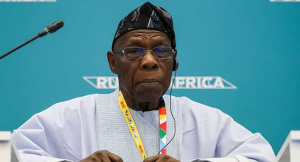
Residents of Gaya in Kano State, Nigeria took to the streets on Sunday, May 26, 2024 to protest against the dissolution of the Gaya Emirate by the state government. The dissolution follows the recent amendment of the Kano Emirates Council Law of 2019 by the New Nigeria Peoples Party (NNPP)-controlled House of Assembly. This amendment undid the law enacted by former Governor Abdullahi Ganduje in 2020, which had created additional emirates and dethroned the 14th Emir of Kano, Muhammadu Sanusi II.
Governor Abba Yusuf signed the amendment bill into law on Thursday, ordering the emirs of the affected emirates, including Aliyu Ibrahim Abdulkadir, Emir of Gaya, to hand over to Deputy Governor Abdulsalam Gwarzo. Gwarzo oversees the Ministry of Local Government and Chieftaincy Affairs. Residents reported that the dethroned emir vacated the palace at midnight on Thursday without any immediate signs of violence or resistance, under the watch of armed security personnel maintaining order in the town.
However, tensions escalated on Sunday morning when residents stormed the streets, wielding placards and chanting anti-government slogans. They accused the government of political motives behind the dissolution and demanded the reinstatement of their emirate and the removed emir.
“Some people are not happy with this development. It feels like an injustice to our community,” said Abubakar Shuaibu, a resident of Gaya. Another protester, Aminu Abdullahi, added, “We see this as a political move to undermine our traditional institutions. The government should reconsider its decision and respect our cultural heritage.”
The protesters pledged their allegiance to the traditional leadership and called for the reinstatement of the Gaya Emirate. Governor Abba Yusuf has yet to respond to the protests, but the government’s initial stance suggests that the dissolution is part of a broader strategy to centralize control and streamline the traditional leadership structure in Kano State.
The situation remains tense as the affected communities await further clarification and possible resolutions from the state authorities.








